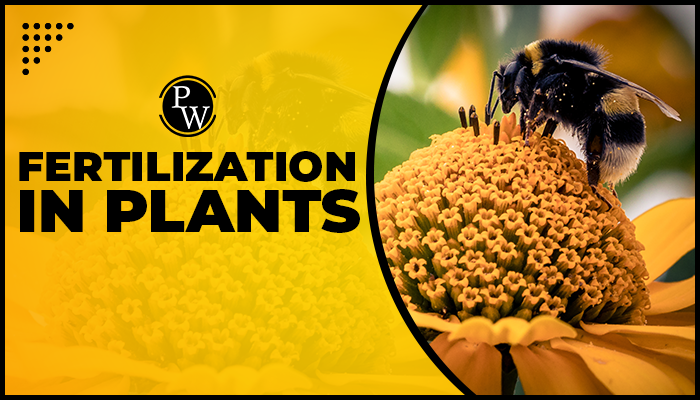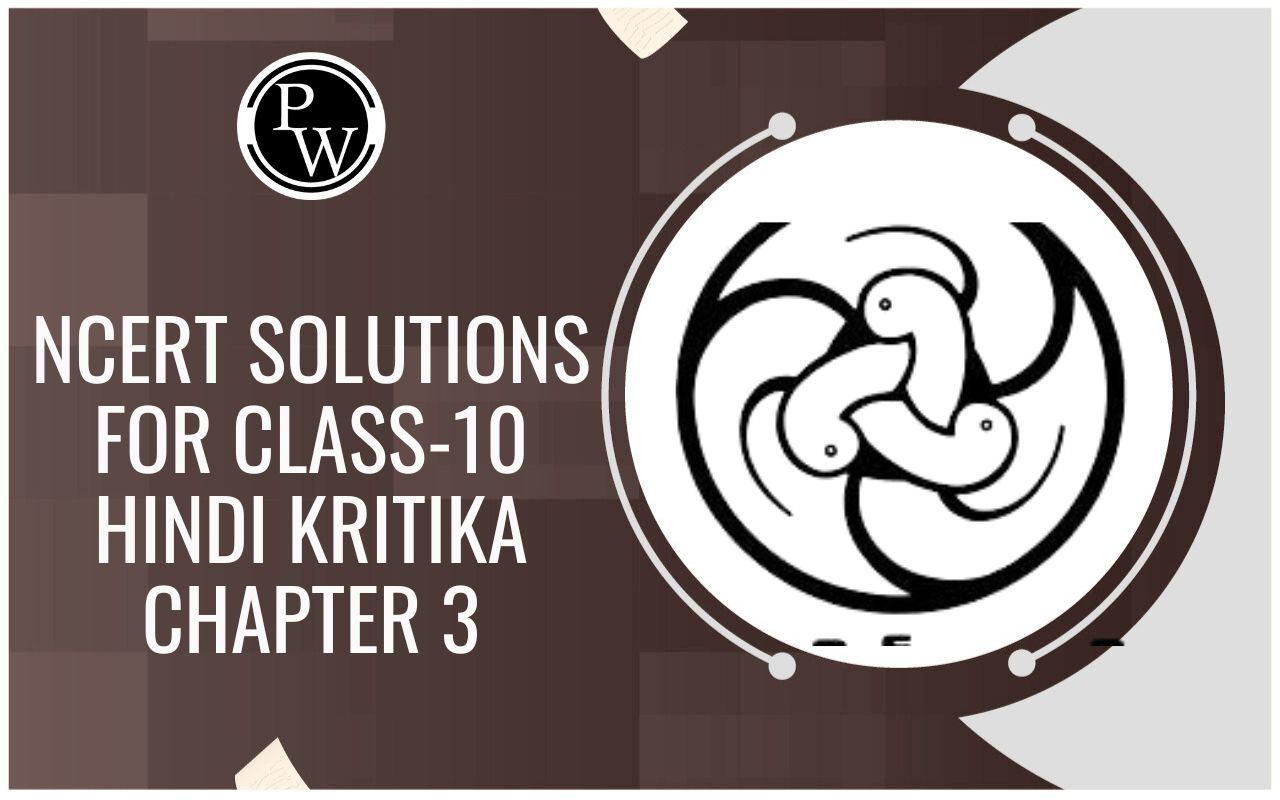
Fertilization in Plants
Nov 18, 2022, 16:45 IST
The plant is a gift of nature as it provides oxygen, food, clothing, shelter, etc. They are also known as primary or universal producers. Like all living things, plants breathe, grow, excrete, reproduce and develop. All the higher plants reproduce by fertilization. Ralph B. Strasburger discovered fertilization in flowering plants in 1884. Let's talk briefly about fertilization.

| Table of Content |
What is Fertilization?
In plants, fertilization is the process of sexual reproduction that occurs after germination and pollination. Fertilization can be defined as the fusion of male gametes (pollen) with female gametes (egg) to form a diploid zygote. It is a physicochemical process that usually occurs after the pollination of the carpels. A series of these processes take place in the zygote to develop into a seed.
Flowers, the reproductive structures of angiosperms (flowering plants), play an essential role in fertilization. Plant fertilization occurs when gametes fuse under haploid conditions to form a diploid zygote. During fertilization, pollinators transfer the male gametes to the female reproductive organs (honey bees, birds, bats, butterflies, and centipedes). The final product will be the formation of an embryo in the seed.
Process of Fertilization
In flowers, the pollen grain germinates after pollination of the carpels and grows into the style by creating a path for the pollen grain to travel down into the ovary. The pollen tube usually opens into the ovule through micropyle and then bursts into the embryo sac. Here, the male nucleus fuses with the egg nucleus under the egg to form a diploid zygote, which later swells and develops into a fetus.
Types of Fertilization
The process of fertilization can be grouped into three types, and they are classified based on the pollen tube in the egg.
- Porogamy - It is a common type of fertilization that is done on all flowering plants or the angiosperms. This type of fertilization, the pollen tube also enters the ovule through the micropyle.
- Chalazogamy - This type of fertilization is done on all types of Casuarina plants. In this state, the pollen tube enters the egg through the pollen tubes.
- Mesogamy - This fertilization occurs in all cucurbit plants, such as pumpkins, gourds, bitter gourds, and other cucurbit plants. This type of fertilization, the pollen tube also enters the egg through the middle part of the egg envelope.
Double Fertilization
Double fertilization is characterized by the fusion of a female gametophyte with the two male gametes. In this mechanism, one sperm fuses with the zygote producing the egg, and also the other fuses with the two polar nuclei to produce the endosperm. All angiosperms go through a process of double fertilization.
Frequently Asked Questions (FAQs)
Q1. Where does fertilization take place?
Ans. Fallopian tube
Q2. What cells are involved in fertilization?
Ans. Fertilization is known as the union of two gametes. During fertilization, sperm and egg fuse to form a diploid zygote to initiate prenatal development.
Q3. What happens after fertilization in plants?
Ans. When fertilization occurs, each ovule develops into a seed. Each seed consists of a tiny, undeveloped plant known as embryo. The ovary surrounds the ovules and develops into a fruit that also contains one or more seeds.
Q4. What is formed after fertilization?
Ans. A zygote is formed after fertilization.
Q5. Which becomes seed after fertilization?
Ans. After fertilization, the fertilized egg develops into an embryo, and the primary endosperm nucleus into the endosperm. The ovule is converted into seed, and the ovary into fruit.





